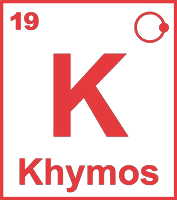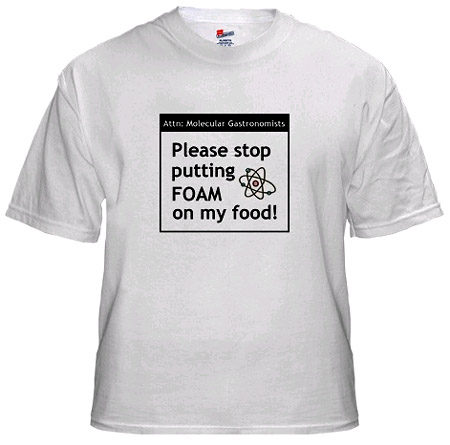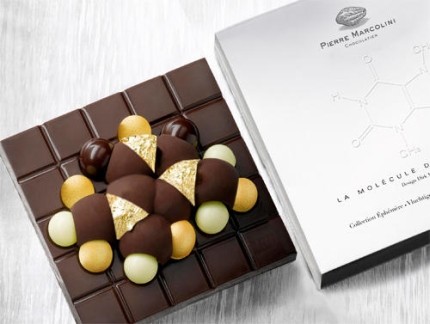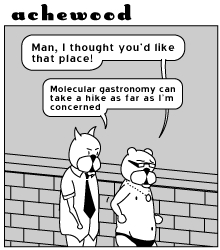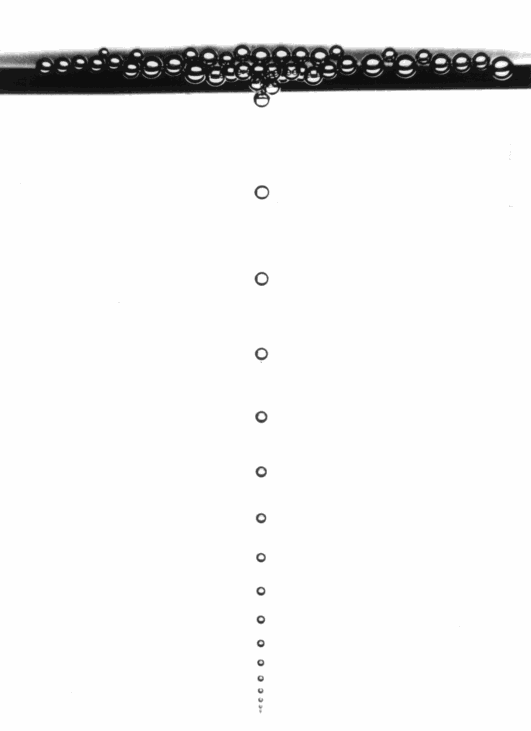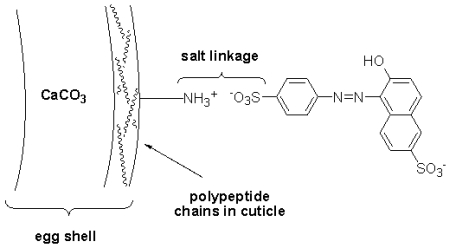
Dyeing eggs for the easter holiday
About.com has a nice guide on how to color eggs, and the list of colors is quite impressive (click for instructions): Lavender Small Quantity of Purple Grape Juice Violet Blossoms plus 2 tsp Lemon Juice Violet Blue Violet BlossomsSmall Quantity…
